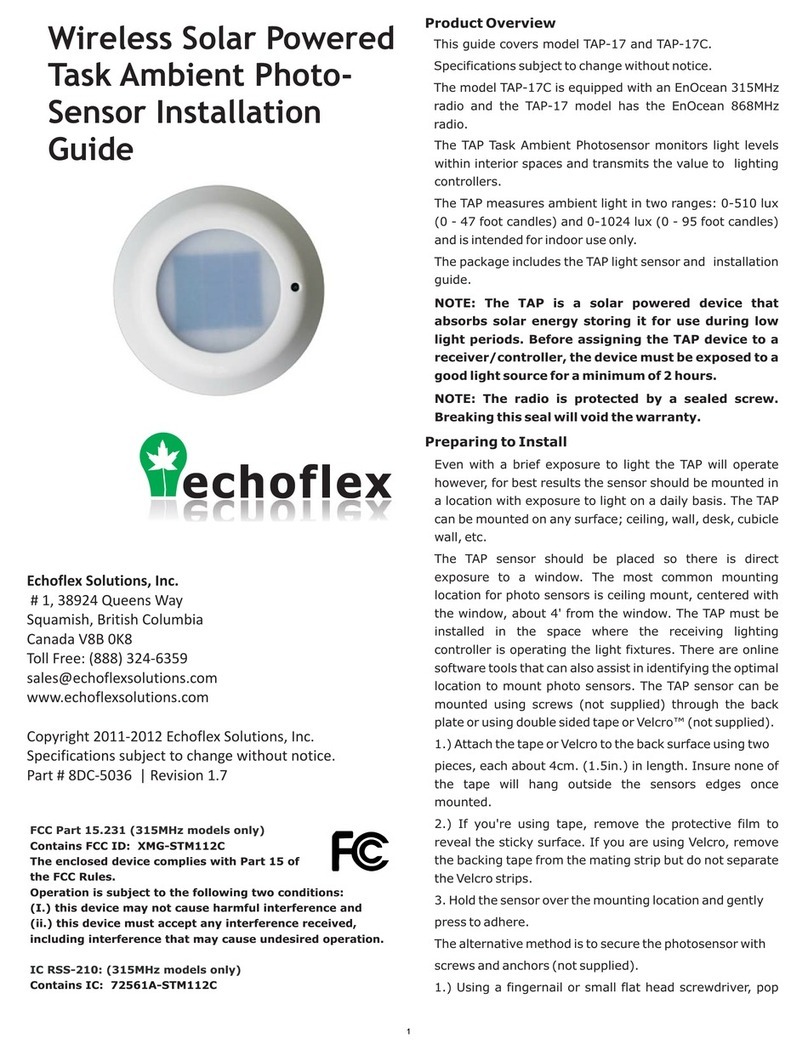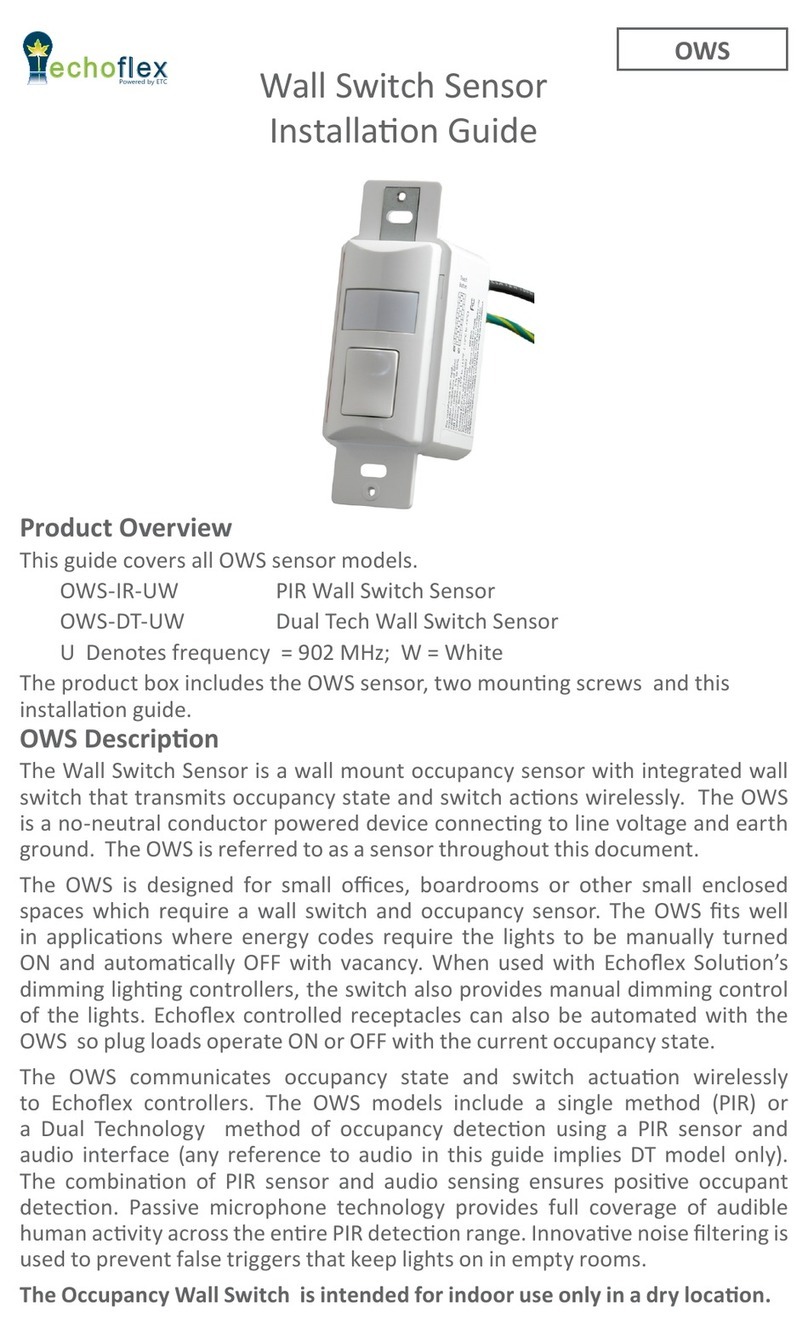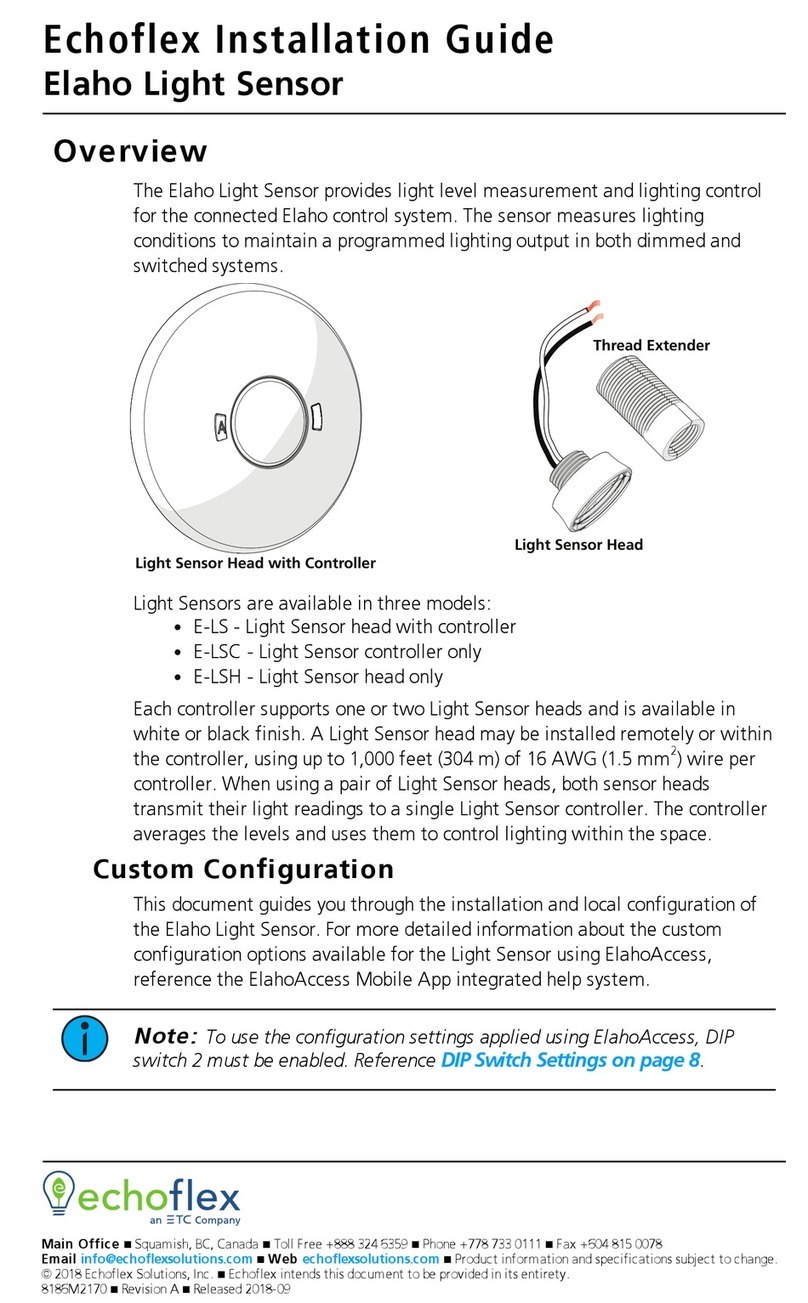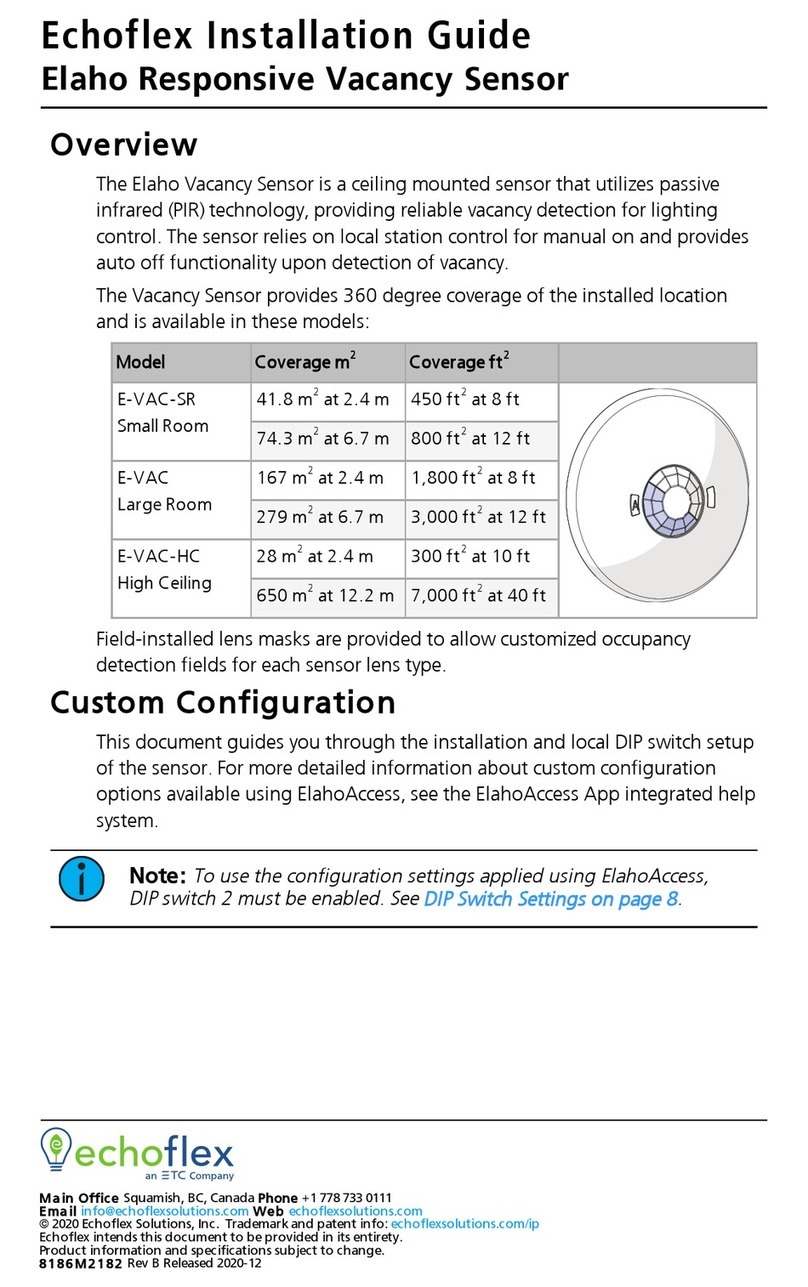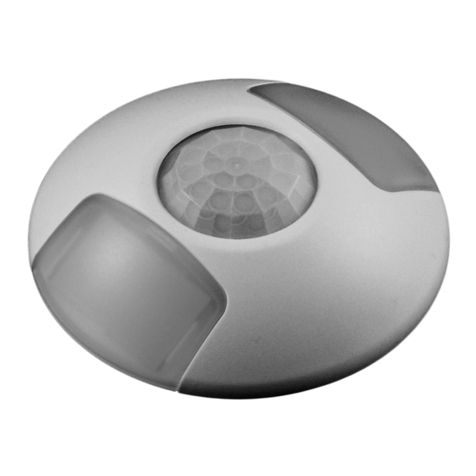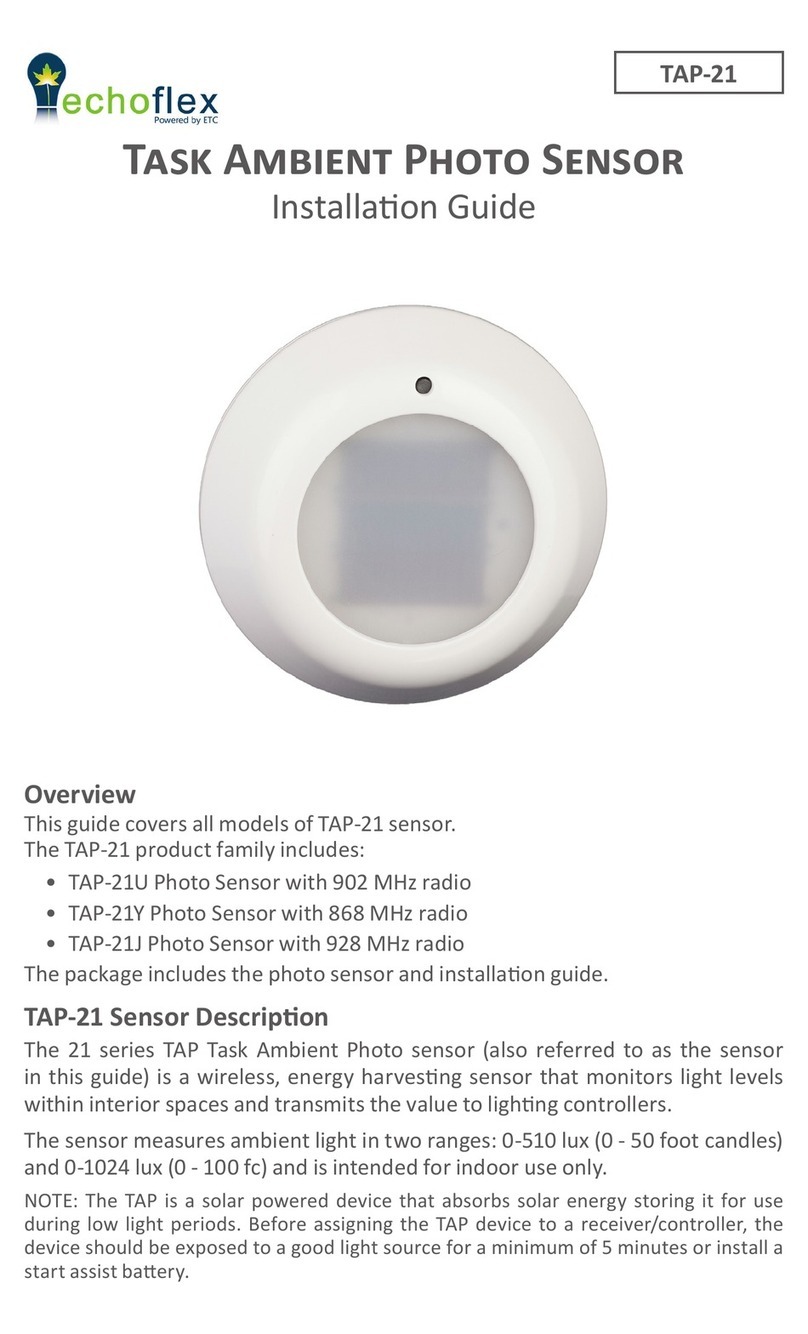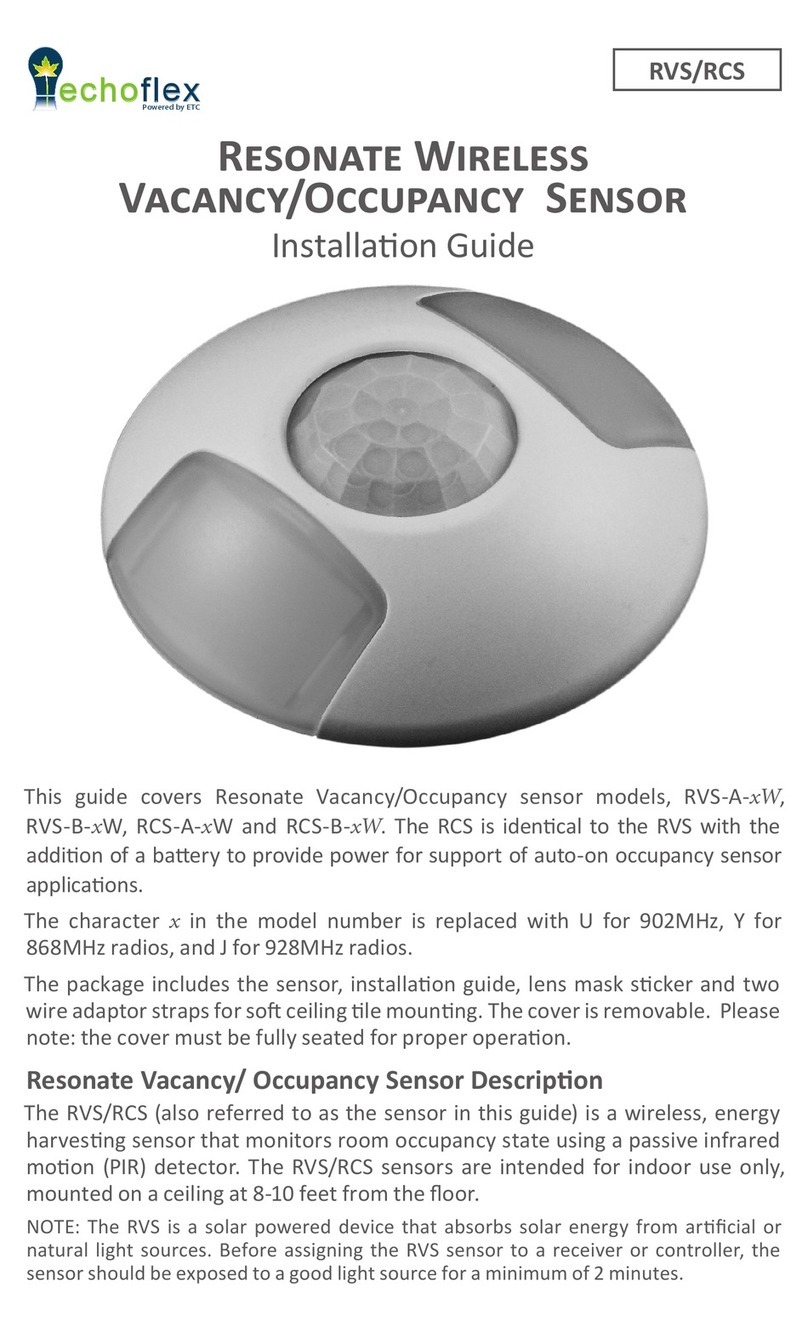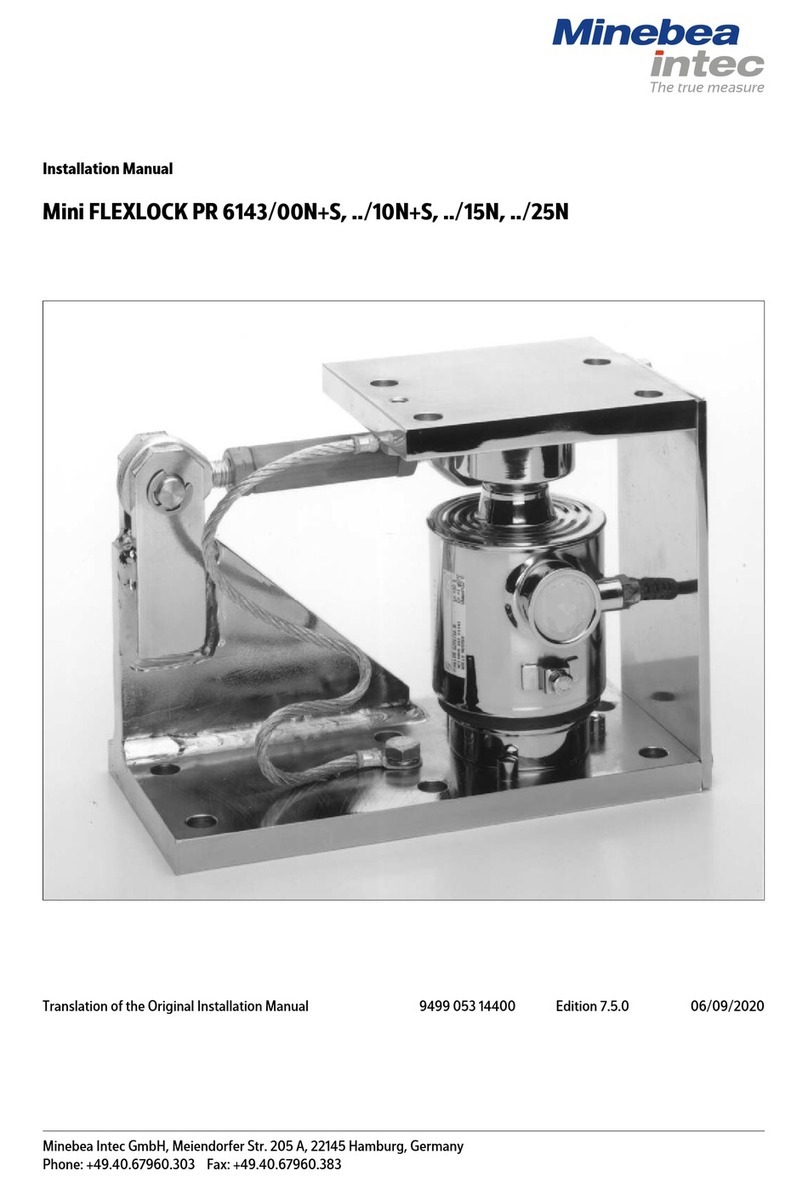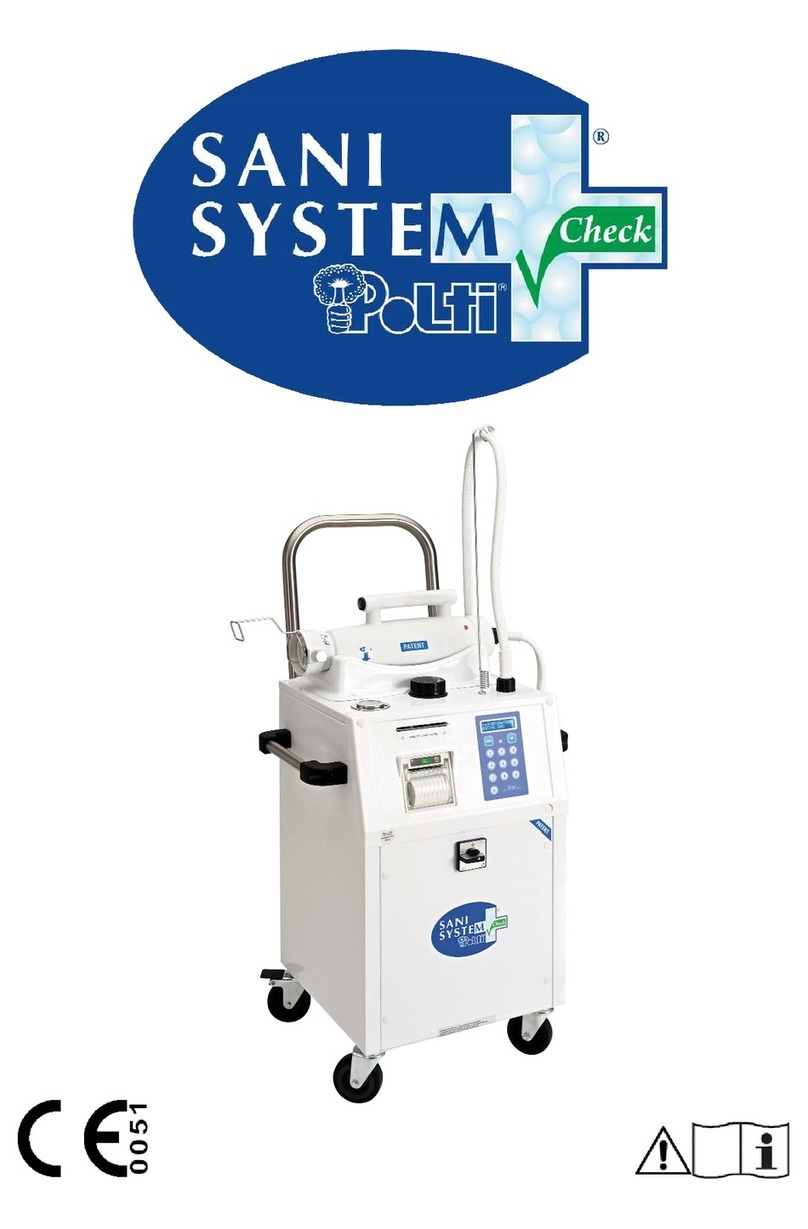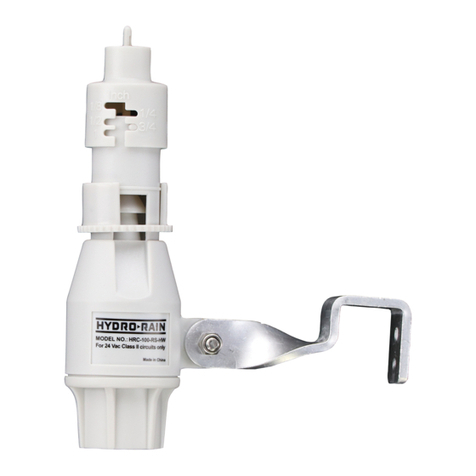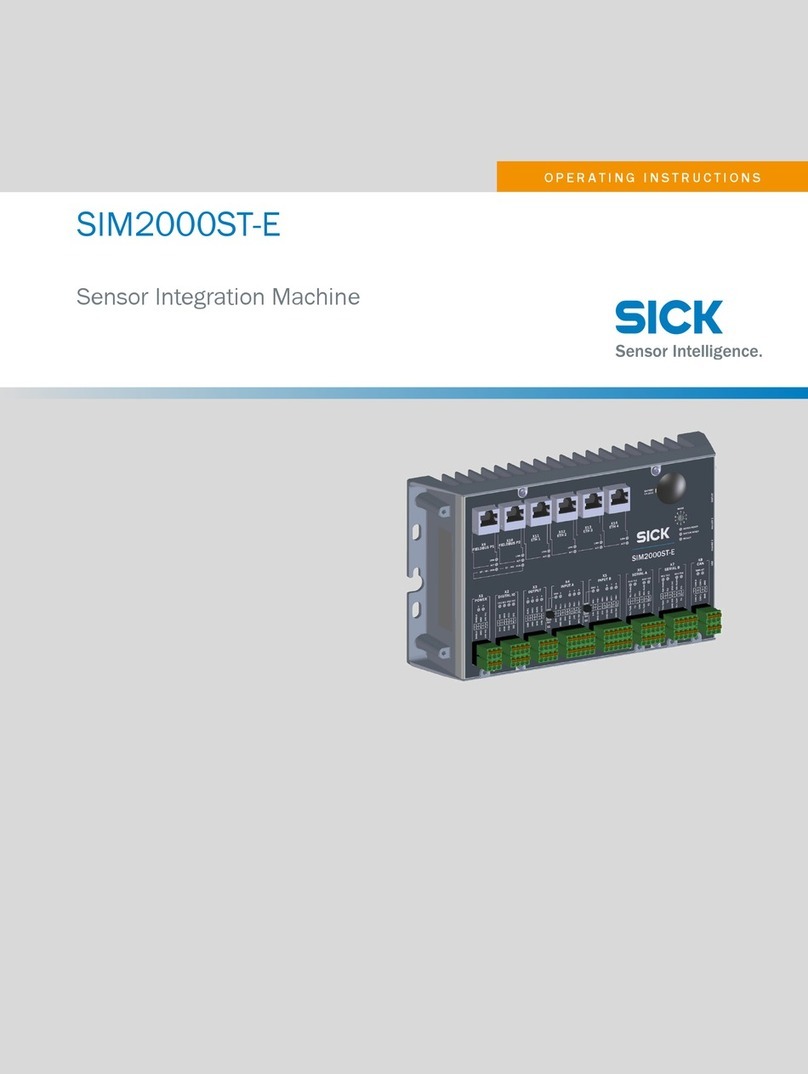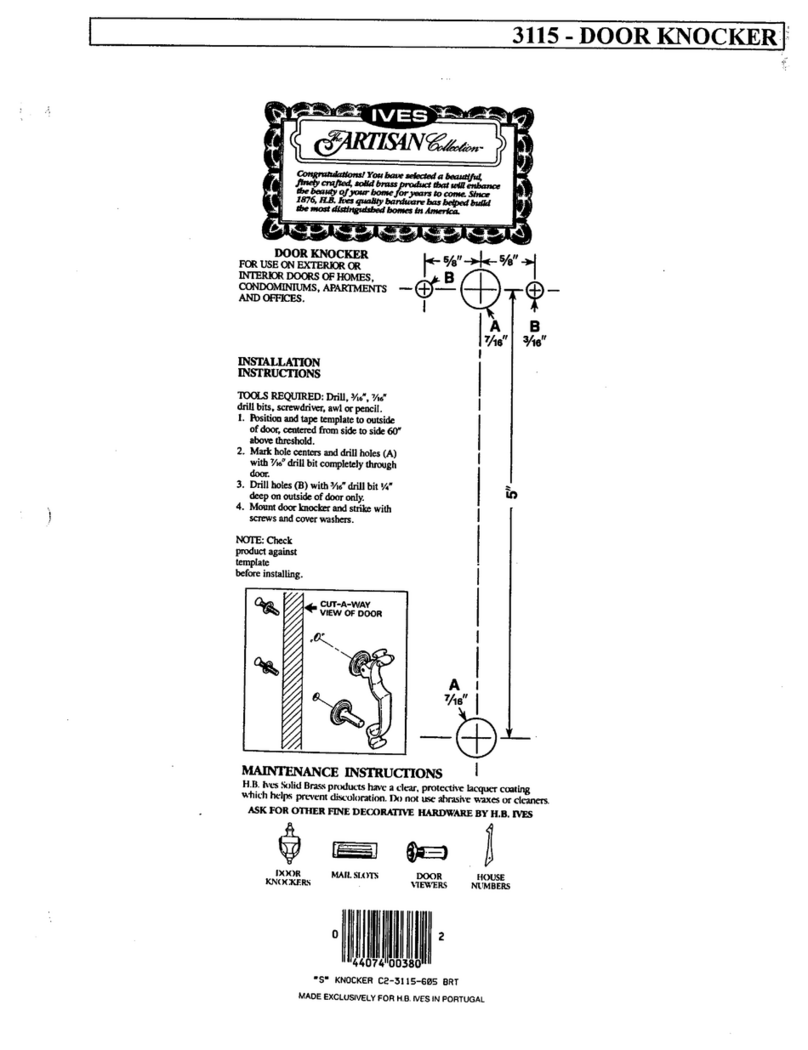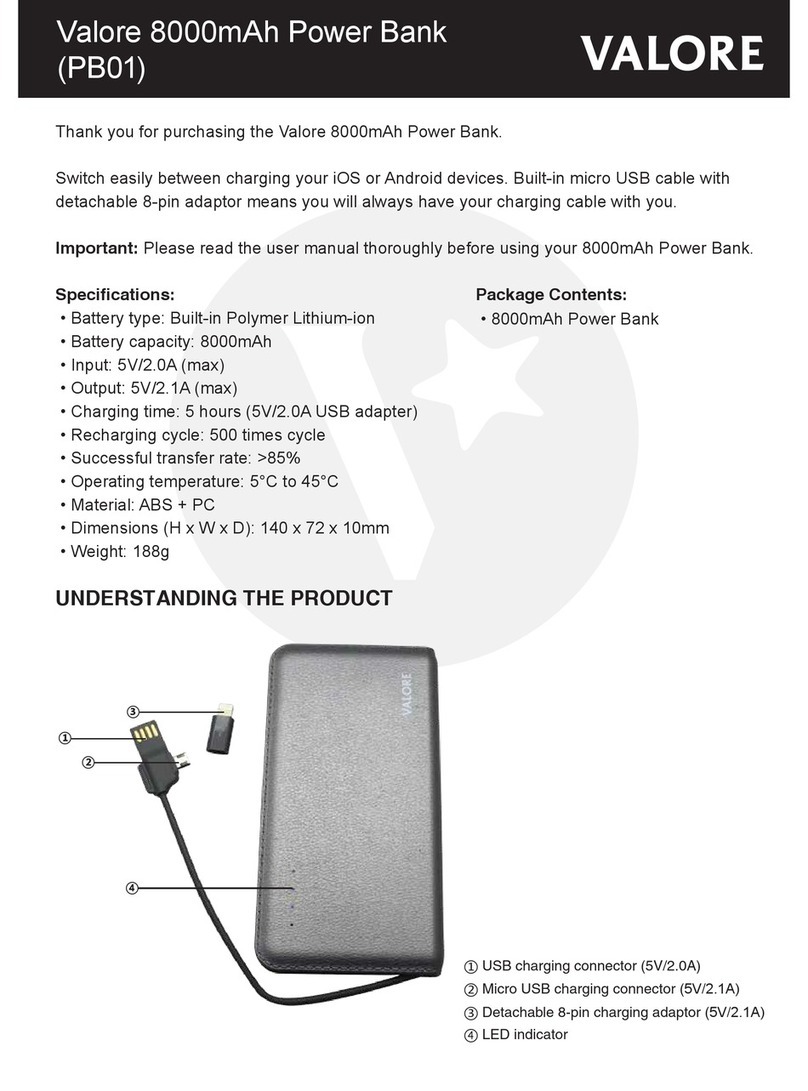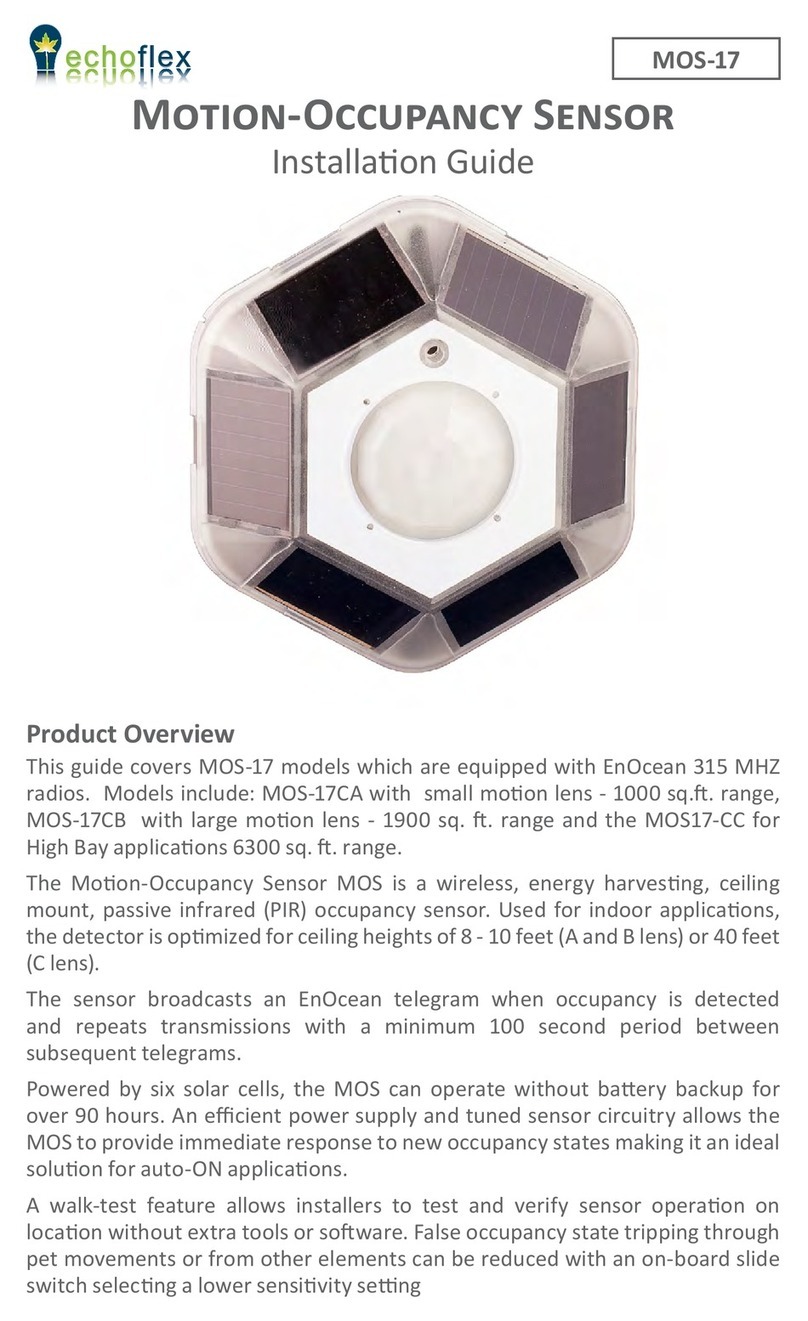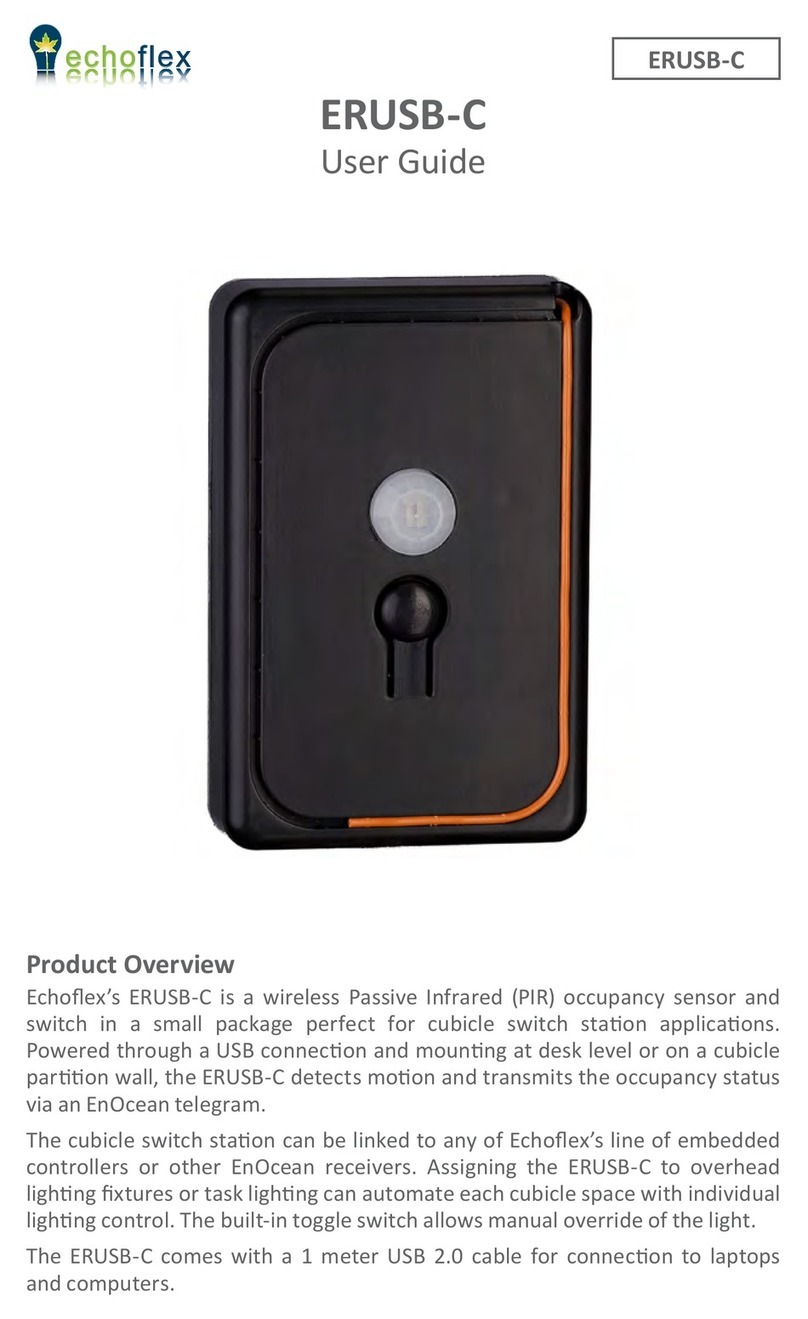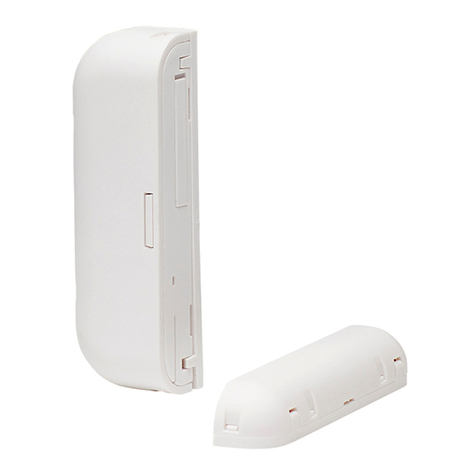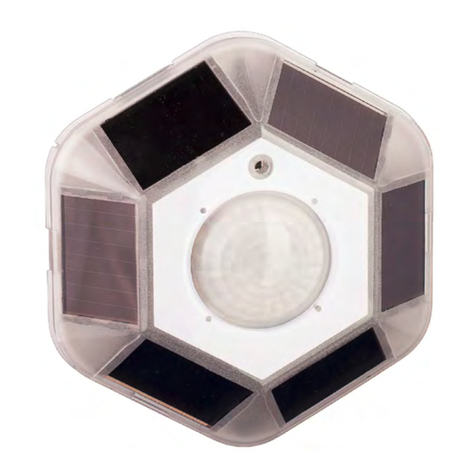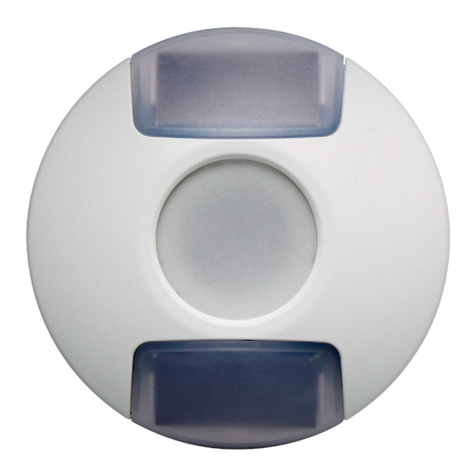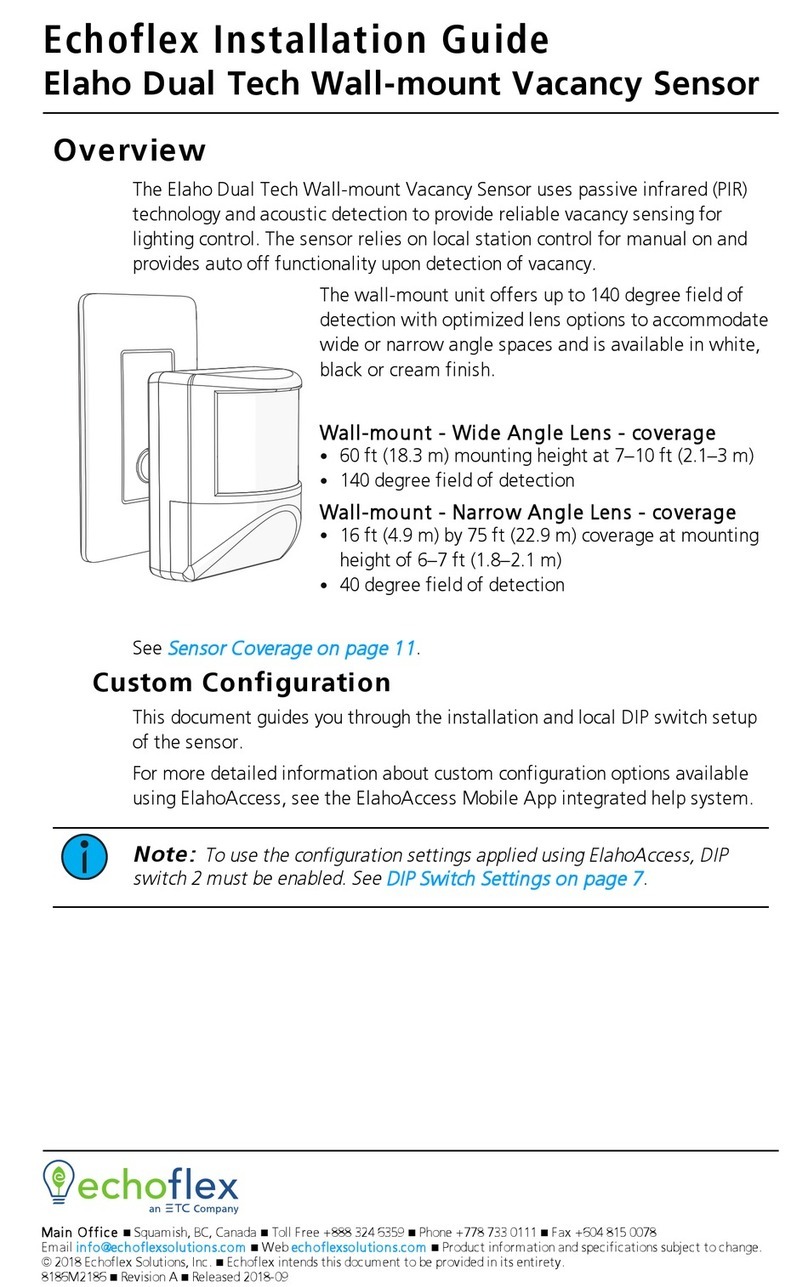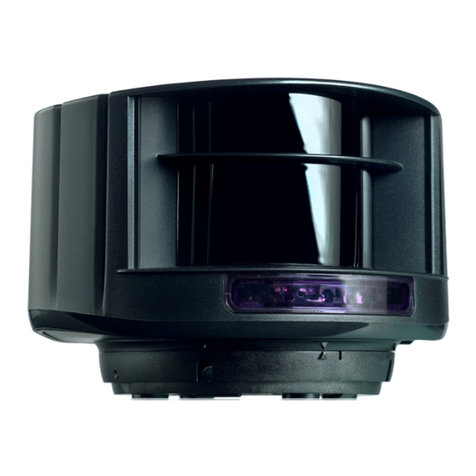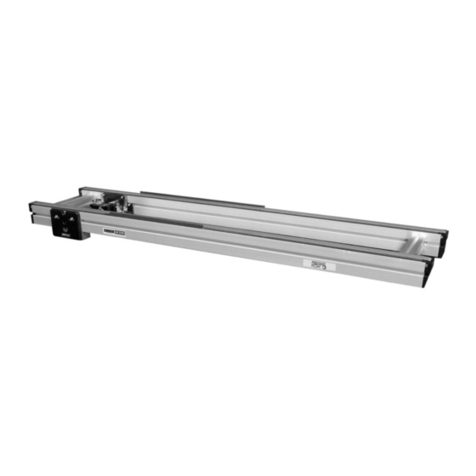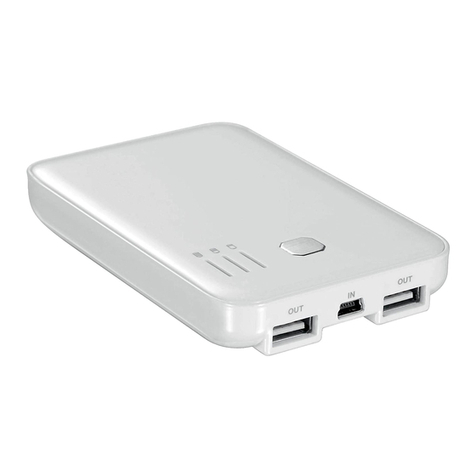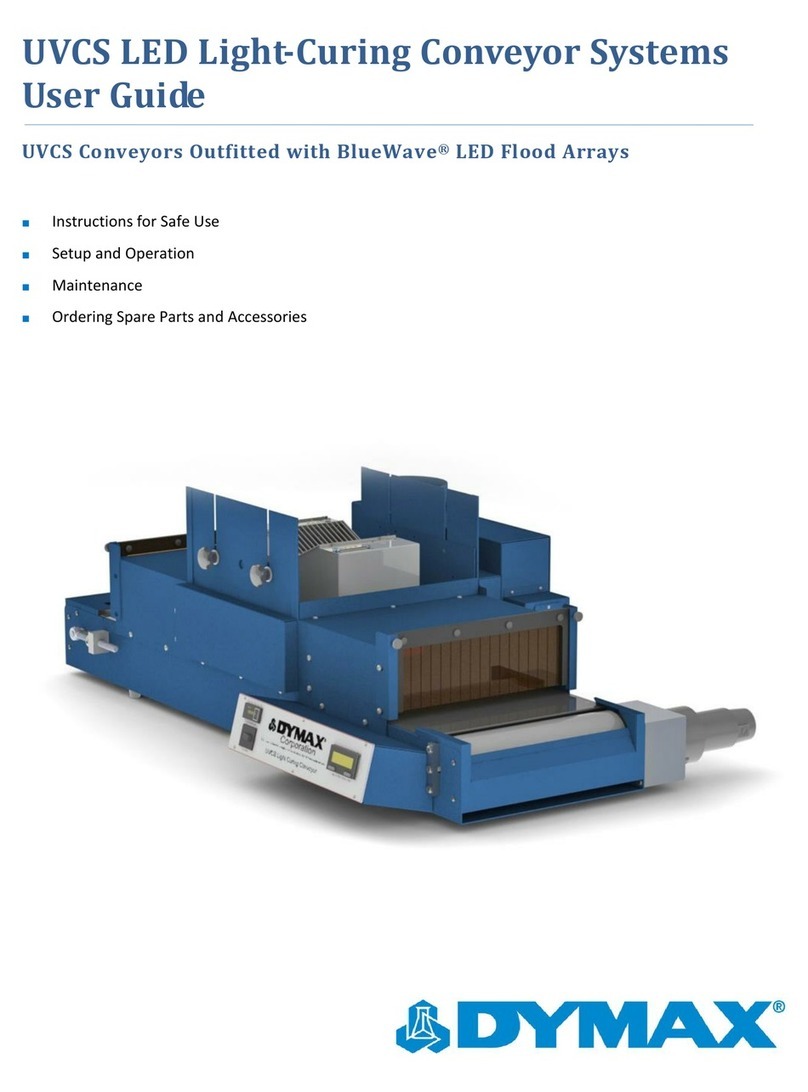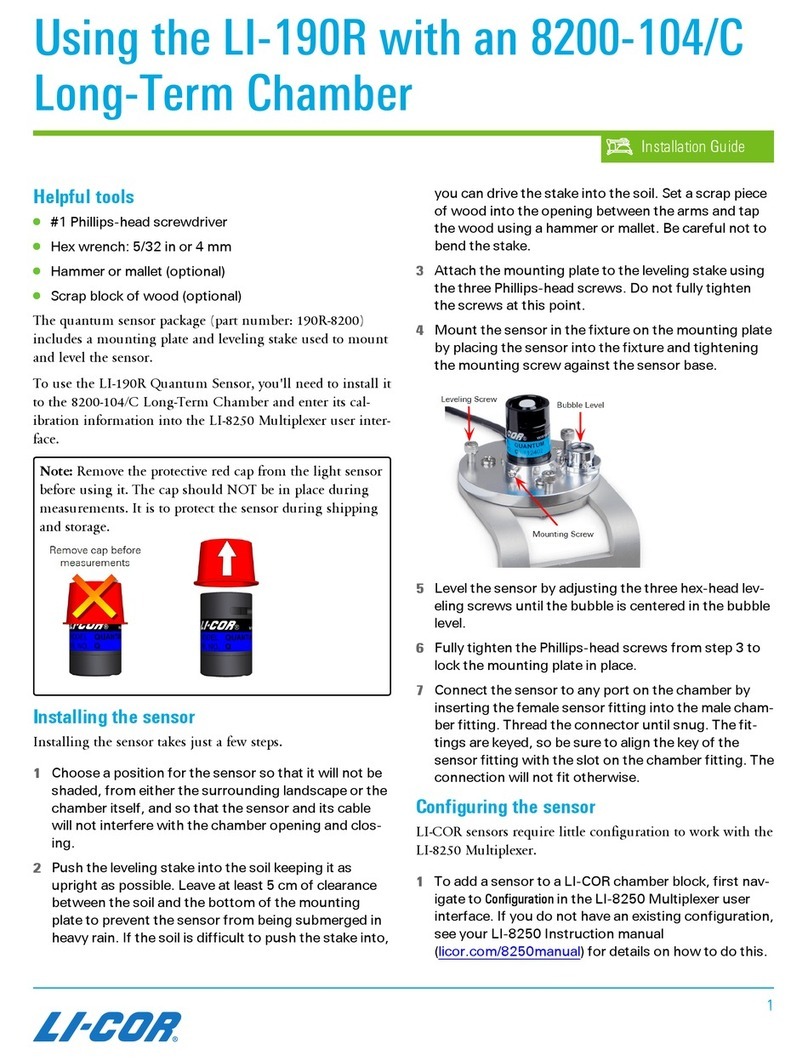Page 2 RVS-RCS Installaon Guide
n
The RVS sensor is powered by solar energy from natural or arcial light sources. The
solar energy is transformed into electrical energy which is then used as a power source
for the sensor. Powered by two solar cells, the sensor will begin operaon without a
baery within 2 minutes of having sucient light (6 foot candles or 65 lux).
The RCS models are baery powered ( CR1632) and have connuous operaon.
The sensor supports the Occupancy Sensor EnOcean Equipment Prole A5-07-01.
The sensor must be within range of any linked receivers or controllers, installed within
80’ (24m) of each other. For applicaons exceeding this range, signal repeaters may be
needed to extend the range.
(Dual-Tech models only)
If the monitored space is vacant for a period of me, only the PIR interface will acvely
monitor for occupancy. The audio interface will be disabled.
Once the PIR has detected moon, an occupancy telegram is sent immediately and the
audio interface is enabled.
Once the audio is enabled, two mers become acve that control the audio interface.
1. The Audio Enabled Timer is reset with each PIR event and denes the
maximum duraon which the audio remains acve.
If the mer expires, the audio will be disabled, no other acon will be performed at
that me. Once the mer has expired, only PIR triggers can reset the mer to keep
the light on. The default seng for the Audio Enabled Timer is 60 minutes and is not
congurable.
For example: Body moon must be detected at least once an hour to keep the light on.
2. The Sensor Occupancy Timer is reset every me a PIR or audio trigger is
detected. It denes the me in which an occupancy trigger (PIR or audio) must
be detected to keep the audio input acve. The default value for this mer is 20
minutes and it is congurable to values of 5, 10, 15, 20 , 25 minutes or disabled. If
the sensor occupancy mer expires, the sensor will send out a vacancy signal and
40 seconds later the audio will be disabled. The 40 seconds grace me allows an
occupant to use sound to reset the sensor occupancy mer and turn the light back
on.
The audio interface has a sound threshold that when exceeded, will maintain the
sensors occupied state while the mers are acve. The threshold is slightly higher than
the background noise level. The background noise level is averaged over a 30 second
window and ltered out. Any other sound louder than this background level will
trigger the audio.
For example: If a fan is running in the background while the space is occupied, only a
sound slightly louder than the fan noise will trigger the audio.
Either the PIR or audio can maintain the sensors occupied state with telegrams being
sent at minimum every 100 seconds. A LED under the PIR lens will blink when an
occupied state telegram is sent. A linked Echoex controller has an occupancy mer
that is reset only when receiving an occupied state telegram so the lights will remain
on so long as the sensor connues to sense occupancy.
See the controller install guide for details on seng up this mer and occupancy or
vacancy modes of control.
(PIR models only)
The RVS-A/RCS-B behave similarly as the dual tech models; when vacant the PIR
monitors for occupancy. Once moon is detected and the occupancy state is
transmied to the receivers, the minimum period to the next telegram is > 100
seconds. If no moon is detected in 200 seconds, a vacant telegram is sent. The sensor
will transmit telegrams indicang vacancy every 1000 seconds. So long as linked








